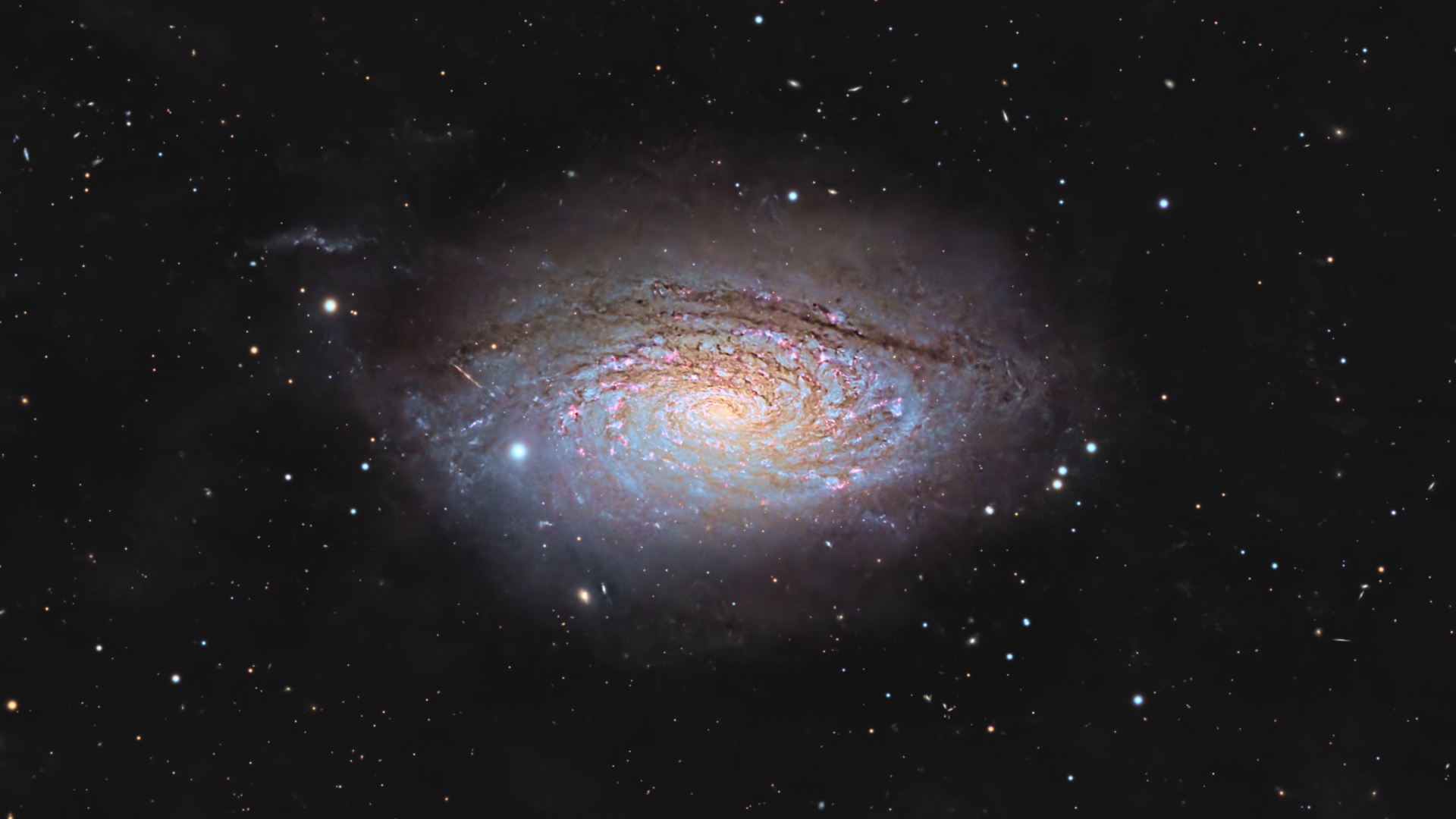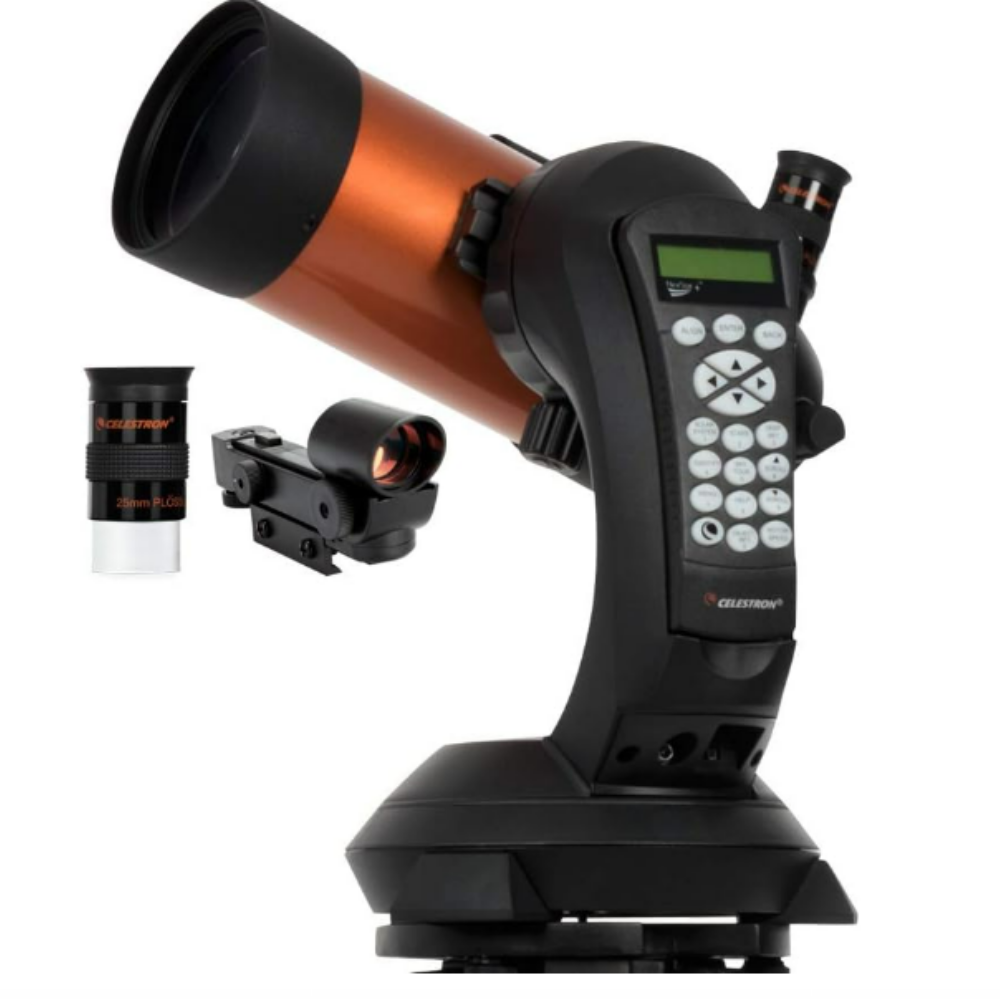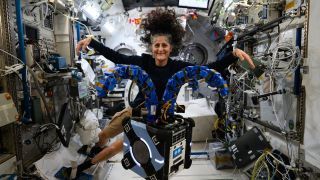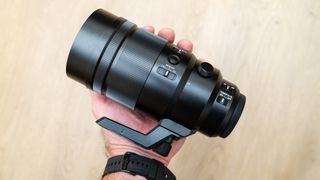The Cat’s Eye Nebula, photographed by Emil Andronic. (Image credit: Emil Andronic.) Amateur astrophotographer Emil Andronic has captured a striking image of the Cat’s Eye Nebula from his home in Hertfordshire, United Kingdom, showcasing the tenuous outer structure of the famous deep-sky object. The Cat’s Eye Nebula, also known as NGC6543, formed when an aging sun-like star cast its outer layers into space, forming a dense central cocoon of dust surrounded by a diffuse veil of stellar material. In Andronic‘s portrait of the iconic nebula, the gaseous outer layers look…
Read MoreTag: astrophotography
Amateur astrophotographer catches a cosmic sunflower in bloom
Ronald Brecher captured this stunning view of the ‘Sunflower Galaxy’ in April 2025. (Image credit: Ronald Brecher) Astrophotographer Ronald Brecher has captured a gorgeous view of the ‘Sunflower Galaxy’ (Messier 63) from his backyard observatory near the city of Guelph in southwestern Ontario, Canada. Brecher’s deep-sky portrait reveals incredible detail in the arms of the spiral galaxy, the patterning and structure of which bear a striking resemblance to the head of a cosmic sunflower. M63 can be seen shining with the radiation cast out by a multitude of giant newly-birthed…
Read MoreAmateur astrophotographer captures a stunning galaxy 24 million light-years from Earth (photo)
Astrophotographer Ron Brecher has captured a stunning deep sky image of the spiral galaxy M106, located 23.5 million light years away in the constellation Canes Venatici. Brecher imaged the distant galaxy for a little over 32 hours on nights spanning from March 27 to April 17, 2025. The finished portrait reveals the swirling arms of M106 focussed around an active, red-hued galactic core – an active star-forming region that is home to a ravenous supermassive black hole. “M106 is classified as a Seyfert galaxy, meaning it has an active nucleus,”…
Read MoreImage of the Day 2024 Archive
Space can be a wondrous place, and we’ve got the pictures to prove it! Take a look at our favorite space pictures here, and if you’re wondering what happened to today in space history don’t miss our On This Day in Space video show here! Suni beaming with an Astrobee (Image credit: NASA) Wednesday, December 18, 2024: What could be better than NASA astronaut Suni Williams floating aboard the International Space Station with Bumble, the blue, bunny-eared Astrobee. Bumble is one of three cube-shaped robo-helpers developed by NASA to assist…
Read MorePanasonic Leica DG Elmarit 200mm f/2.8 POWER O.I.S. review
Key specs Type: Prime lens Focal length: 200mm (400mm equivalent) Maximum aperture: f/2.8 Lens mount: Micro Four Thirds Weight: 43.92 oz / 1245 g Dimensions: 6.85×3.44 in / 174×87.5 mm Filter thread: 77mm Release date: November 2017 One of the undeniable advantages of Micro Four Thirds (MFT) systems is the range of compact, lightweight lenses that are available. Sure, the cameras can be as hefty as full-frame, but the lenses significantly reduce the overall size and weight of your kit. The Panasonic Leica DG Elmarit 200mm f/2.8 POWER O.I.S. is…
Read MoreDistant nebula looks like fleeing turkey in festive new Very Large Telescope photo
Pass the cranberry sauce! A distant star-forming nebula looks like a turkey fleeing a cosmic Christmas dinner in a new telescope image. The festive photo, taken by the European Southern Observatory’s (ESO) Very Large Telescope (VLT) in Chile, features the star-hatching clouds of gas and dust that comprise the nebula IC 2944, located around 6,500 light-years from Earth. IC 2944 has a distinctly fowl-like appearance, so astronomers have nicknamed it the “Running Chicken Nebula.” In the stunning new 1.5-billion-pixel VLT image, the wispy gas and dust tendrils of the nebula…
Read MoreA star exploded 10,000 years ago and left us with the gorgeous Veil Nebula (photo)
Miguel Claro is a professional photographer, author and science communicator based in Lisbon, Portugal, who creates spectacular images of the night sky. As a European Southern Observatory Photo Ambassador and member of The World At Night and the official astrophotographer of the Dark Sky Alqueva Reserve, he specializes in astronomical “Skyscapes” that connect both Earth and the night sky. The Veil Nebula, also known as the Cygnus Loop, was created when a massive star went supernova and exploded some 10,000 years ago in the constellation of Cygnus, the Swan, about 1,400 light-years away. The Veil Nebula…
Read MoreLong Focal Length Telescopes for Astrophotography
Long focal length scopes are usually discouraged for beginner deep sky astrophotography, but solar system imagers need that extra focal length reach. The post Long Focal Length Telescopes for Astrophotography appeared first on Sky & Telescope.
Read MoreGetting Started in Deep-Sky Astrophotography
Shopping for gear to get started in astrophotography? Here’s some sage advice before you max out all your credit cards. The post Getting Started in Deep-Sky Astrophotography appeared first on Sky & Telescope.
Read MoreKerry-Ann Lecky Hepburn: Meteorologist, Pilot, Astrophotographer
Meteorologist and pilot by day, astrophotographer by night: Kerry-Ann Lecky Hepburn shares her pursuit and passion for the hobby. The post Kerry-Ann Lecky Hepburn: Meteorologist, Pilot, Astrophotographer appeared first on Sky & Telescope.
Read More



